Rotator cuff injuries and shoulder pain can cause us to avoid doing the normal activities like putting on a seat belt or reaching to get a coffee mug. Even worse this pain and possible weakness can affect the activities we love doing like golf or playing with our kids. This can truly affect not only our physical life but our mind, spirit, and attitude as well.
Since the shoulder is the most mobile joint in the body we use it for so many of our normal tasks. When a rotator cuff injury slows us down it has a huge effect on our life. However with the right help, tools, and recovery treatment plan recovery from a rotator cuff injury.
The rotator cuff is made up of four muscles that help the ball and socket how the arm bone (humerus) interacts with the shoulder blade (scapula). When healthy they allow for smooth movement in all directions without pain.
Depending on whether traumatic event like a fall or lifting overhead caused the tear or through degenerative changes and the wearing down of the tendon will guide what treatment plan is the best for you.
Tip 1: No sleeping on your painful shoulder.
Circulation counts. The shoulder joint and the structures that attach to it do not have great blood flow. When we lie on the affected side for long periods of time the blood flow, or circulation, reduces even further. Our suggestion is to bolster yourself with pillows so you do not roll onto your affected side as much as possible.
Tip 2: Get Hands On Care.
The rotator cuff is the most mobile joint in the body. This means it is made up of lots of soft tissue. What is soft tissue? It’s your muscles, tendons, fascia, and ligaments. People do not give these tissues enough credit. If they are not working right, the movement patterns can get thrown off enough to cause a lot of problems in your shoulder movement. Plus it can cause a lot of pain. Finding a trusted professional like a hands on manual physical therapist is super important. At Accelerate Therapy and Performance we have seen through years of practice and research our patients getting this type of care at our office do better than people not getting hands on care.
Tip 3: Stretch your neck and shoulder muscles.
Finding the right stretches can made a huge difference in improving circulation and restoring normal range of motion. This is why finding the right professional advice to help you restore pain free range of motion is one of the most important steps to take. At Accelerate Therapy and Performance our scientifically designed treatment programs can help you find the specific exercises you need to recover faster and not waste time doing things that could do no good or make you worse.
Tip 4: Stop pushing through the pain
For people that are proactively seeking recovery in a conservative and natural way, one of the most difficult parts may be resting enough. Remember pain is an indicator. Now I’m not talking about the muscle burn you get from doing multiple repetitions of an exercise. More like every time you reach overhead it hurts. Resting and moving gently in pain free ranges can help in the recovery process. I want to stress the less movement the shoulder joint gets the stiffer it may become. If you have been avoiding doing the things you love for three to four weeks. It is time to get some help.
If you want a more conservative approach that does not involve medication injections or surgeries feel free to reach out to my practice at Accelerate Therapy and Performance or your trusted physical therapy provider who provides hands on manual care.



